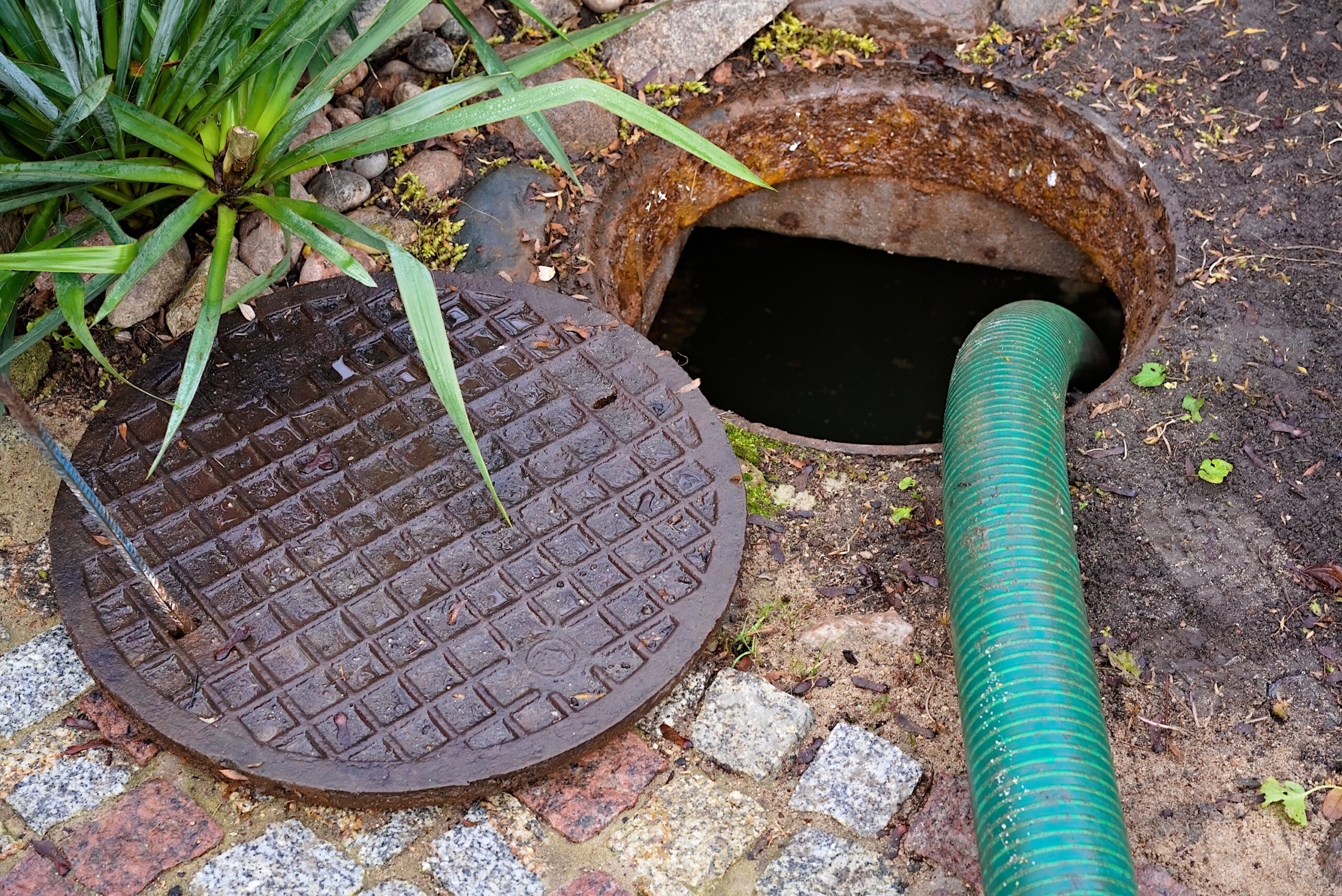Septic tank problems are rarely caused by a system component wearing out. In fact, the mechanical components of your septic system are, generally, very durable. The problems and failures are almost always caused by anaerobic bacteria sealing the drainfield.
In a simplistic analysis, the mechanical components of septic systems are comprised of a septic tank and an arrangement of pipes. Septic tanks are typically made of concrete, steel, fiberglass or polyethylene. All of these materials hold up relatively well when subjected to septic waste. Fiberglass and polyethylene are the best materials, as they are resistant to wide range of chemicals and will last indefinitely when used in septic tank construction. Concrete and steel are, unfortunately, susceptible to hydrogen sulfide, a byproduct of anaerobic bacterial respiration that can occur in anaerobic septic systems. Depending on the concentration levels of hydrogen sulfide and the length of exposure, septic tanks made of steel and concrete may require repair or replacement over time.
Septic system pipes are made of PVC or clay. Both of these materials perform extremely well in a septic system environment and almost never fail. Probably the most common septic system repair is the repair or replacement of the inlet and or the outlet baffle in the septic tank. This issue constitutes the bulk of septic system service calls to repair components and, other than this, no other component should need service other than periodic septic tank pumping.
So, if the components of the septic system are so durable, why do systems fail? The answer can be found in understanding how a septic system biologically ages.
When your septic system is new, it has much more water dispersion capacity than you will use. Over time, however, a biomat begins to form in the drainfield of an anaerobic septic system. As the biomat matures, it clogs the soil pores in the drainfield until it eventually seals off the bottom of the field and the wastewater begins to “pond” in the gravel bed beneath the ground.
At this point, wastewater begins to be absorbed through the side walls of the gravel bed in the drainfield. The biomat, though, continues to mature and grows up the side walls and eventually to the surface, or near the surface. This IS the reason why your system does not function as it did when it was new. At some point, you will be putting more wastewater into the system than the field has the ability to disperse. This results in ponding on the surface of your yard, elevated tank levels, ponding on the surface of your yard above the septic tank, or sewage back-ups into the house. You could experience one or any combination of these problems. The mechanical components most likely are as completely serviceable but the soil in the drainfield renders the system unusable.











